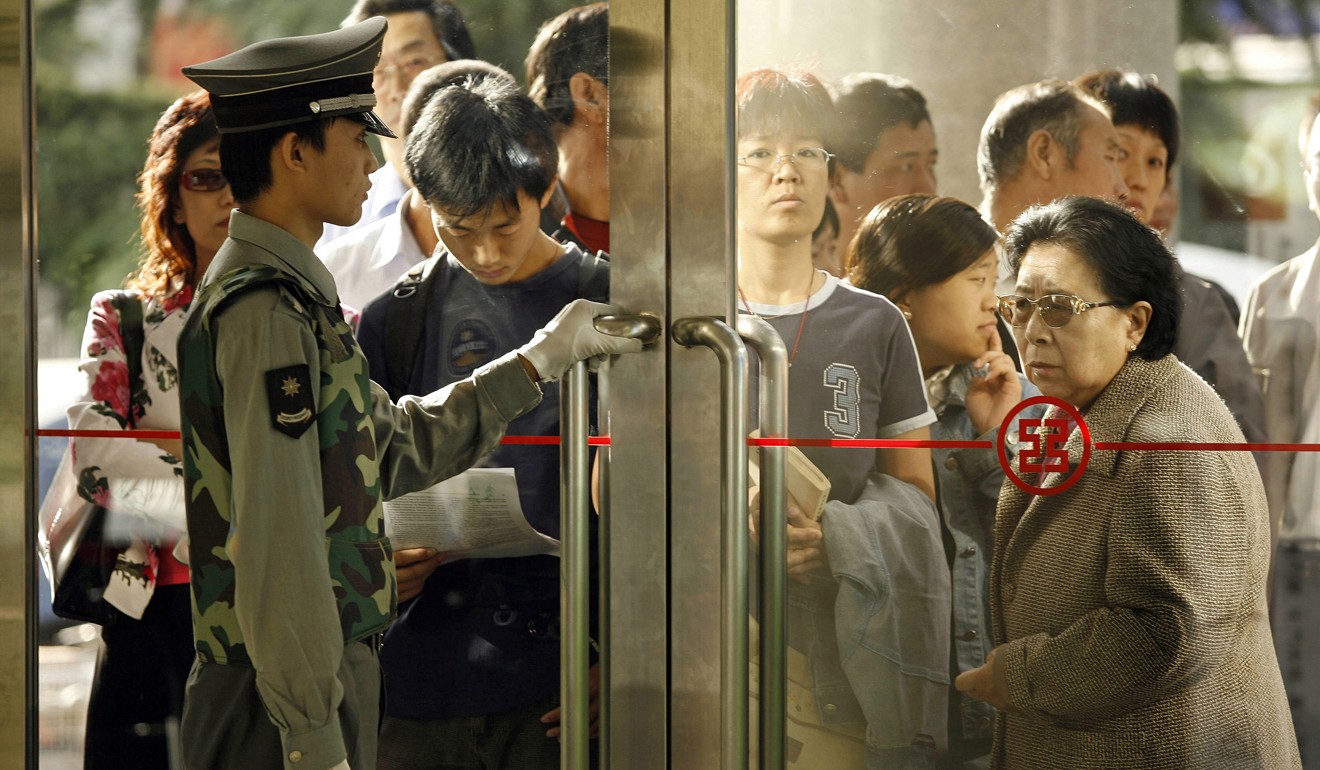
How banks are tightening their credit policies, cherry-picking the customers most likely to deliver them highest profits as year-end nears
Shrewder sifting of corporate clients and fine-tuning of loan allocation from the nation’s most-resourceful banks in Shanghai already in full flow
An apparent shortage of bank credit in China, as the year end nears, is offering some of the industry’s largest players good opportunities to maximum profits, by shifting their credit focus to higher-profit customers, say analysts.
“We have seen credit in short supply near this year-end, partly thanks to a bigger demand from businesses when the macro economy is on a firmer footing,” said Zhao Yarui, a senior researcher at Bank of Communications in Shanghai.
“The shortage in credit is also driven by China’s deleveraging measures and a prudent monetary policy that is biased towards tightening.”
The country’s major lenders, with more liquidity on hand, can seize the year-end shortage of supply and gain an significant edge on their smaller rivals to squeeze profits, by adjusting the loan allocation as long as such efforts are in line with regulatory stance, she said.
Yang Yue, a banking analyst at China Zheshang Bank, echoed her views.

“Commercial banks are vigilant to ramp up profitability by making better use of resources through credit structure improvement,” he said.
“Their urgency is being felt more, as credit is tight nearing the year-end and big banks can play up their edge with better access to funds than smaller banks.”
There are already signs from the Shanghai market that some big players have quietly tweaked their policies on who they are lending to and how much, as the year end approaches, in an effort to squeeze out more profit, say credit officers.
One major state-owned bank has instructed its credit officers this week to control levels of low-yield working capital loans, or offer credit to financial clients’ short-term operational needs – a fine-tuning in its credit structure when there is limited credit supply, said a credit officer from the bank.
Their urgency is being felt more, as credit is tight nearing the year-end and big banks can play up their edge with better access to funds than smaller banks
Instead, credit will be slanted towards key projects or major clients, from who the bank can earn higher returns, said one credit officer, quoting the internal notice.
Another credit officer from a different big bank in Shanghai, also said its headquarters has practically banned any leeway for local branches to directly decide to whom to lend.
Instead, the HQ is taking the direct lead in balancing credit allocation between different branches to ensure credit is prioritised to those most likely to deliver more profit.
It’s a rare move, said the credit officer, who also stressed all the planned changes are aimed at tightening risk controls.
This recent, shrewder sifting of corporate clients and fine-tuning of loan allocation from the nation’s most-resourceful banks in Shanghai reflects how big banks have deftly ramped up their efforts at seeking higher profitability in the remaining days of this year.
Throughout the year, major Chinese banks have steadily stepped up their net interest margins, the metrics that reflect their profitability, and widened their leads on smaller rivals.
The metrics is the difference between interest a bank gains on its assets – loans and investments – and the interest it pays out on its liabilities – its deposits – as a proportion of its total assets.
Big banks’ interest margins rose for three straight quarters to 2.05 per cent as of the end of September, while the metrics at second-tier banks dropped to 1.85 per cent in comparison.

